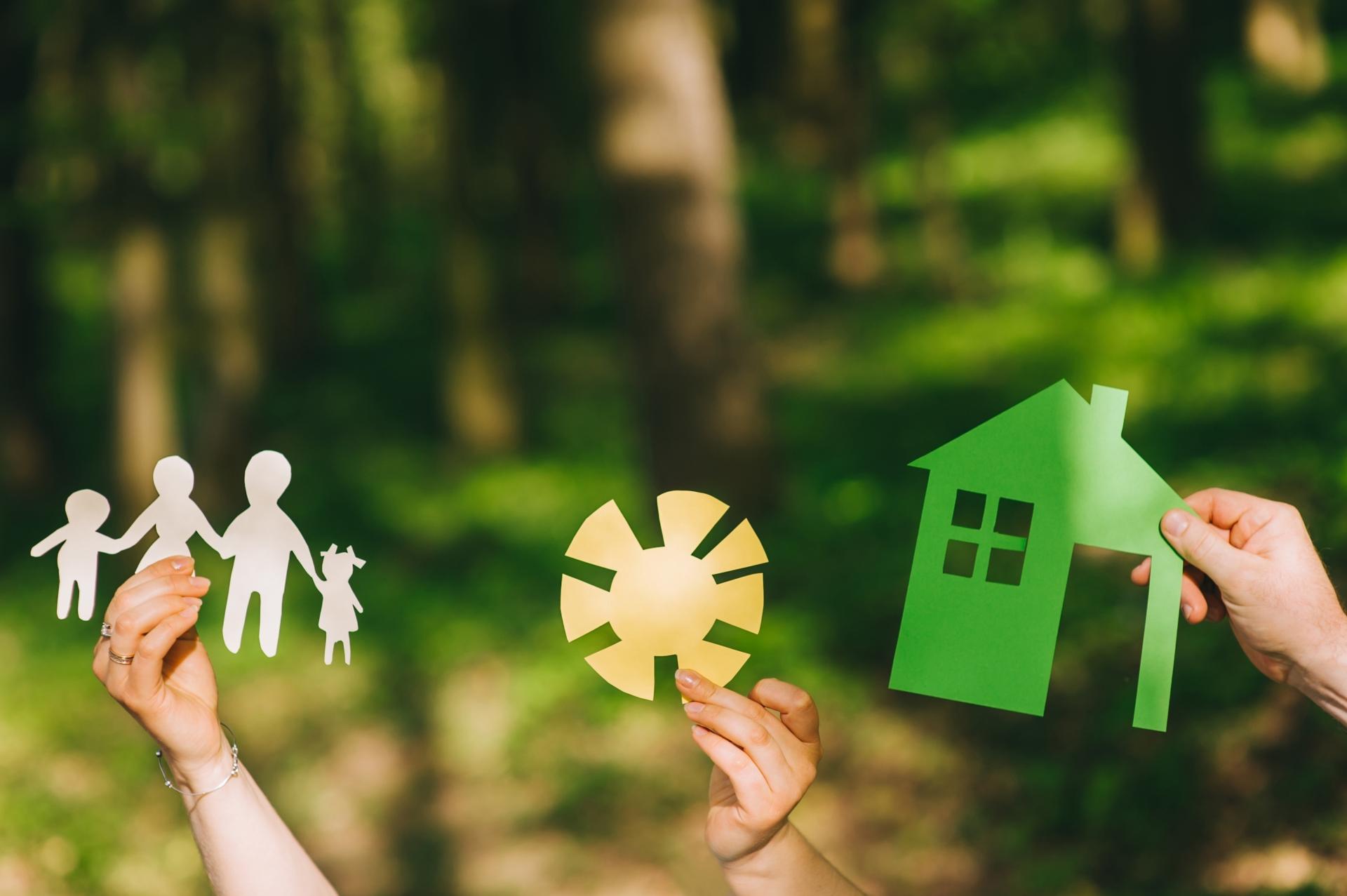S
Specialist Disability Accommodation (SDA)
See NDIS
Specialist homelessness services (SHS)
Specialist homelessness services, which provide the range of services to support people who are homeless or at risk of homelessness. SHS support both those who have become homeless and those who are at imminent risk of homelessness and may comprise housing services (e.g. transitional housing) as well as support services (e.g. case management, providing access to food and medical treatment if needed).
Stamp duty
Stamp Duty is a tax imposed by State and Territory governments in Australia that arises on the sale or transfer of a wide range of personal and business related assets. The assets that attract duty vary depending on the State or Territory in which they are located but can include shares, units, land and buildings.
State owned and managed Indigenous housing (SOMIH)
See social housing
Strata title
Strata title allows individual ownership of part of a property, combined with shared ownership in the remainder (e.g. foyers, driveways, gardens) through a legal entity called the owners corporation—or body corporate, strata company or community association, depending on your state or territory of residence and the type of scheme.
Supply side assistance
Forms of housing assistance given to providers, not consumers, of housing to help increase the quantity or quality of housing (e.g. National Rental Affordability Scheme). Also see demand side assistance
Supported Accomodation Assistance Program
Provides support to people who are homeless or at risk of being homeless. Clients request SAAP for a variety of reasons including mental health issues, Domestic and family violence, and financial difficulty. Accommodation is paid for or provided directly by a SAAP agency, and includes crisis or short-term accommodation, medium- to long-term accommodation or other SAAP-funded arrangements such as accommodation in hostels, motels, hotels and caravans, or community placements. The Program may also assist with other types of support, such as meals.
Supported Independent Living
Supported Independent Living is a component of the NDIS and is for people with higher support needs who need some level of help at home all the time. It includes help or supervision with daily tasks, like personal care or cooking meals.
Supportive housing
The central premise of supportive housing is to combine long-term affordable housing with support services to meet clients’ needs. What sets supportive housing apart from shelters and crisis accommodation is the permanency of supported housing. Supportive housing is purposefully designed to empower tenants and enable them to become more independent. Consequently, many supportive housing models have embedded community-building activities that aim to connect tenants with other residents and the surrounding neighbourhood.
Sustaining tenancy
T
Tenancy support services
Services provided to assist those at risk of homelessness with existing tenancies in the public and private rental sectors. These are early intervention services that aim to stop homelessness from occurring.
Tenure Types
The different forms that housing that may be provided for people to access housing. The forms range from home ownership, to renting in the private rental market (including forms of marginal housing) to renting as a social housing tenant.
Tertiary homelessness
See homelessness
Transit oriented development
The development of an urban area around public transport nodes integrated with housing, employment and other services. Transit Oriented Developments aim to reduce the need for motorised travel for people living within the area. Characteristics include moderate to high density housing that induces demand for public transport, a mix of land uses to facilitate local participation and activities; and well-connected street networks to encourage active transport.
Transitional housing
A temporary form of housing that aims to safely accommodate tenants while they build the capacity to transition to permanent housing. Transitional housing provides residents with secure accommodation for a fixed term, as well as individually targeted supportive services. Depending on the transitional housing model and the provider, the demographic profile of residents, level of support, duration of stay and expected outcomes may differ considerably.
See homelessness
U
Underutilisation
When a dwelling has more bedrooms surplus to the household requirements, it is considered underutilised. Based on CNOS measures, a dwelling is said to be underutilised when it consists of 2 or more bedrooms surplus to the household requirements.
Universal design
A set of design principles for housing that is accessible to people who experience forms of disability. Design requirements may include halls and doorways wide enough for wheelchair access; ramps, rather than stairs; shower recesses that don’t have a hob; and height adjustable benchtops.
Urban design
Urban design engages with the production and adaption of the built environment and its appearance and function. Beyond the individual building scale, urban design focuses on the space and relationship between buildings and surroundings. As a creative practice urban design embeds societal and cultural values in configuring the built environment, shaping social behaviour.
Urban form
An urban planning term referring to the physical characteristics of the built environment, including the configuration and function of buildings, the density of housing and their relation to each other and the natural environment.
Urban renewal
A strategic planning intervention to redevelop an established urban area. Its purpose is to regenerate the area and improve neighbourhood amenity in often underutilised or disadvantaged urban areas.

